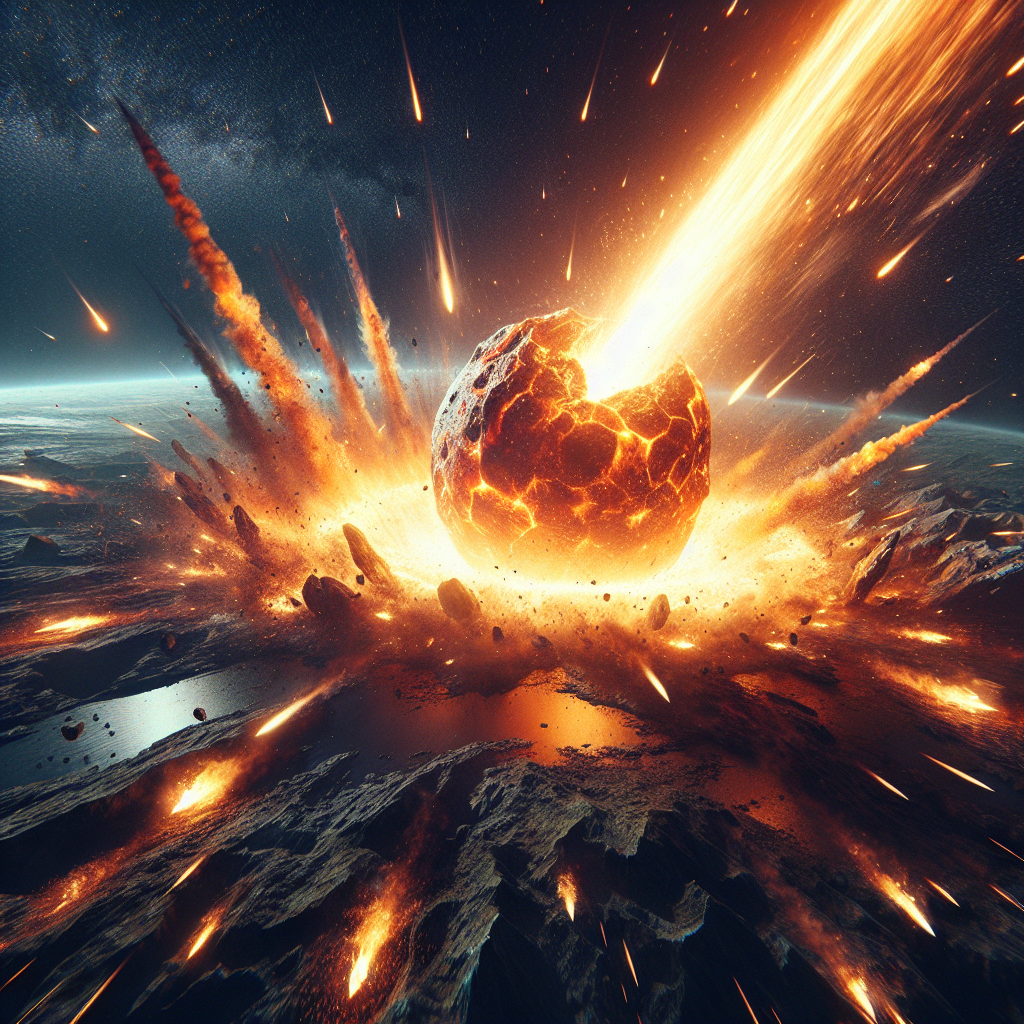A rare meteorite that fell in the Eastern Cape last month has prompted a significant scientific investigation involving several leading South African universities. The meteorite, provisionally named the "Nqweba Meteorite," was observed on 25 August 2024, as a bright blue-white and orange streak of light across the sky by residents of the Garden Route, the Karoo, and provinces of the Western Cape and Free State.
The event, which caused loud explosions and vibrations after the meteorite split into smaller fragments, led to the discovery of a meteorite fragment by nine-year-old Eli-zé du Toit in the town of Nqweba, formerly known as Kirkwood. The fragment, described as black and shiny on the outside with a light grey interior, was still warm when Eli-zé picked it up near a Wild Fig tree in her grandparents' garden.
Scientists from Rhodes University, Nelson Mandela University, and the University of the Witwatersrand (Wits) have since launched a coordinated investigation to study the meteorite. Dr. Carla Dodd from Nelson Mandela University quickly secured the fragment, recognizing its rarity and scientific importance. Dr. Deon van Niekerk from Rhodes University obtained a permit to recover additional fragments for analysis, while Professor Roger Gibson from Wits emphasized the importance of a swift response to collect valuable scientific data.
The Nqweba Meteorite is believed to be an achondritic meteorite from the Howardite-Eucrite-Diogenite (HED) group, weighing less than 90 grams with a pre-fragmentation diameter of less than 5 centimeters. The initial analysis will focus on its microscopic and geochemical properties to classify it and understand its origin, offering insights into the processes that formed Earth's rocks and other planetary bodies.
The discovery has sparked excitement among scientists and the public, with the universities expressing gratitude for the opportunity to study such a rare and valuable specimen, which could contribute significantly to the field of planetary science.











